💪 Support independent web, support us:
There are an array of things to do in Japan, with Mori sharing quite a few of those!
Nestled amidst the serene hills and verdant valleys, Mori is a hidden gem waiting to be explored.
Its quaint streets, bustling markets, and vivid culture make it an ideal destination for those seeking a peaceful escape from the mundane.
Whether it’s indulging in local delicacies, witnessing the breathtaking sunset, or traversing the mystical forests, there’s something here for everyone.
Join us as we take you on a journey to discover some of the most thrilling and mesmerizing things to do in Mori.
Without further ado listed below are some of the most fun things to do in Mori:
1. Hitachi Seaside Park

A massive park located in Hitachinaka, Japan, known for its beautiful flowers and unique landscape design.
What to see or do: Enjoy the stunning blooms throughout the year, including 4.
5 million baby blue eyes flowers in spring, carpets of blooming flowers in summer, and fields of red Kochia bushes in autumn.
Visitors can also stroll through the park’s walking trails, bike or rent a pedal cart, enjoy the playgrounds and amusement rides, browse the shops, and visit the park’s small zoo.
Don’t miss: The infamous Miharashi Hills, which offer an incredible view of the entire park and the Pacific Ocean beyond.
Insider travel tips: Visit early in the morning to avoid crowds and catch the flora in beautiful morning light. Rent a bike or pedal cart for a more immersive experience of the park.
Consider making a day trip or weekend trip from Tokyo, just about a two-hour train ride away.
2. Kairakuen Park

A Japanese garden and public park located in Mito, Ibaraki.
What to see or do: Take a relaxing stroll through the landscaped gardens and enjoy the beautiful scenery of the plum blossom trees. Visit the Koubuntei tea house, which is also located within the park, and enjoy a traditional Japanese tea ceremony.
Don’t miss: The plum grove which contains over 3,000 plum trees.
The plum blossom festival is held every year from early February to early March, which is the best time to see the trees in full bloom.
Insider travel tips: Plan your visit during the early morning or late afternoon to avoid the crowds. Bring a picnic and enjoy it in one of the many scenic spots throughout the park.
The park is easily accessible from Mito Station via bus or taxi.
3. Lake Kasumigaura

A large freshwater lake located in the Ibaraki Prefecture of Japan.
What to see or do: Take a boat ride to explore the lake, which is surrounded by beautiful scenery, including rolling hills and nearby mountains. Enjoy fishing, swimming, and other water sports.
You can also visit the nearby Kinu River and explore the natural beauty of the surrounding area.
Don’t miss: Visit the Kasumigaura Fish Center, where you can learn about the local fish species and see them up close. Take a walk along the lake’s shore to enjoy the stunning views of the water and the surrounding landscape.
Insider travel tips: If you’re interested in bird watching, visit Lake Kasumigaura during the winter months when migratory birds flock to the area. You can also enjoy local delicacies like freshwater fish and vegetables grown in the nearby fields.
It’s best to visit during the fall, when the foliage surrounding the lake is at its most vibrant.
4. Mito Castle

Mito Castle is a historic castle located in Mito City, Ibaraki Prefecture, Japan.
What to see or do: Explore the castle’s beautiful grounds and fortifications, which date back to the late 16th century.
Visit the Mito City Museum, housed in the castle’s former storage building, to learn more about the castle’s history and the region’s cultural heritage.
Don’t miss: The scenic views of the surrounding area, including the nearby Kairaku-en Garden, one of Japan’s three great gardens.
Also, make sure to check out the castle’s impressive stone walls and gateways, which are some of the best-preserved examples of their kind in Japan.
Insider travel tips: – Visit during the spring to see the castle surrounded by cherry blossoms.
5. Oarai Isosaki Shrine
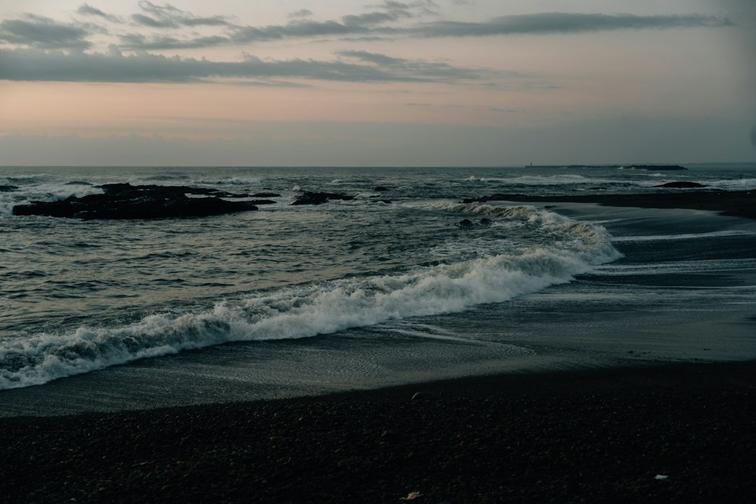
Oarai Isosaki Shrine is a Shinto shrine located in the city of Oarai, Japan.
It is famous for its location on a narrow sandbar connected to a small peninsula, offering stunning views of the Pacific Ocean.
What to see or do: Visitors can appreciate the scenic beauty while walking along the sandbar and exploring the shrine’s architecture.
The shrine’s main hall, built in the 19th century, features intricate details and is designated as a national important cultural property.
Don’t miss: Don’t miss the chance to try the Omikuji, or written fortunes, available at the shrine. Additionally, the sea cliffs near the shrine are popular for fishing and diving.
Insider travel tips: Plan to visit during sunrise or sunset for the most stunning views of the ocean.
Additionally, be respectful of the shrine’s rules and customs, such as bowing before entering the main hall and refraining from taking photos inside.
6. Tsukuba Space Center

Space museum and the headquarters of the Japan Aerospace Exploration Agency (JAXA).
What to see or do: Visitors can enjoy interactive exhibits, witness the development of space technology, and learn about Japan’s space exploration missions. The center also has various facilities including a rocket testing site, a cleanroom, and a training facility for astronauts.
Don’t miss: The life-size model of the Japanese Experiment Module (Kibo) on the International Space Station, which you can explore. Also, an informative tour of the facilities including the spacecraft testing center and command center.
Insider travel tips: Arrive early to avoid the crowds, and make sure to check the schedule for special events or rocket launches. A must-visit for space enthusiasts and those interested in Japan’s contributions to space exploration.
7. Kasama Inari Shrine

Kasama Inari Shrine is a Shinto shrine located in Kasama, a city in Ibaraki Prefecture, Japan.
What to see or do: Visitors can explore the shrine’s grounds, which feature traditional Japanese architecture and beautiful scenery. The shrine is known for its large number of fox statues, which are considered sacred in Japanese folklore.
Don’t miss: One of the highlights of Kasama Inari Shrine is the annual Tamasaki Shrine Festival, which takes place every year on May 5th.
The festival features a traditional procession through the city, as well as a variety of food and entertainment.
Insider travel tips: If you’re visiting the shrine in the summer, be sure to attend the Kasama Pottery Festival, which takes place each August.
This festival is a great opportunity to see the work of local artisans and purchase unique pottery pieces to take home.
Additionally, visitors can hike up the nearby Mt. Kitaura for a panoramic view of the surrounding area.
8. Fukuroda Falls
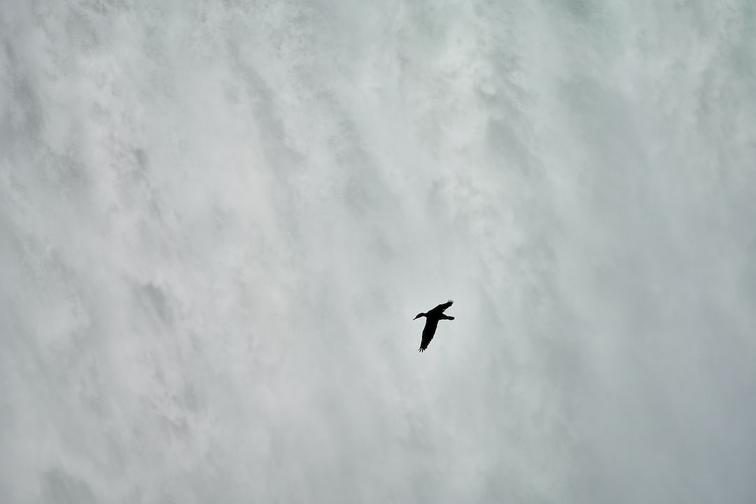
Fukuroda Falls is a beautiful tiered waterfall located in the town of Mori, in Ibaraki Prefecture, Japan.
What to see or do: Marvel at the stunning 120-meter tall waterfall and the surrounding forest. Take a stroll in the park and enjoy the scenic views, or take a boat ride in the nearby lake.
Don’t miss: Don’t miss the breathtaking view of the waterfall during winter, when it gets frozen into icicles, creating an awe-inspiring sight.
Insider travel tips: – Visit early in the morning to enjoy the waterfall in peace and beat the crowds.
9. Itako Iris Festival

The Itako Iris Festival is an annual event held in Mori, Japan, that celebrates the blooming of thousands of irises along the banks of the Tone River.
What to see or do: Visitors can stroll through the fields of irises, which come in a variety of colors including purple, white, and yellow. There are also food and craft vendors, traditional Japanese music performances, and a parade featuring locals dressed in period costumes.
Don’t miss: Be sure to check out the boat tours offered during the festival, which take you down the Tone River amidst the stunning scenery of irises.
Insider travel tips: Come early in the morning or late in the afternoon to avoid the crowds and take advantage of the best lighting for photographs.
Bring sunscreen and a hat as the festival can get quite hot during the day.
And, if you have time, consider taking a bike ride along the Tone River to truly experience the beauty of the area.
10. Amabiki Kannon Temple

Amabiki Kannon Temple is a beautiful Buddhist temple located in Mori, Japan.
What to see or do: The temple is surrounded by lush greenery and offers a peaceful atmosphere perfect for a tranquil stroll or quiet meditation.
Visitors can admire the intricate architecture of the temple buildings and view the impressive 9-meter tall statue of Kannon, the Buddhist goddess of mercy.
Don’t miss: The temple is famous for its unique ‘amabiki’ tradition, where visitors can reportedly hear the sound of the wind being called down from the mountains by the Kannon statue.
Insider travel tips: To fully enjoy the experience, it is recommended to visit the temple during the autumn season when the surrounding trees are ablaze with vibrant colors.
In addition, be sure to have adequate footwear as the temple grounds are unpaved and hilly in places.
11. Fukuroda Hill Nature Park
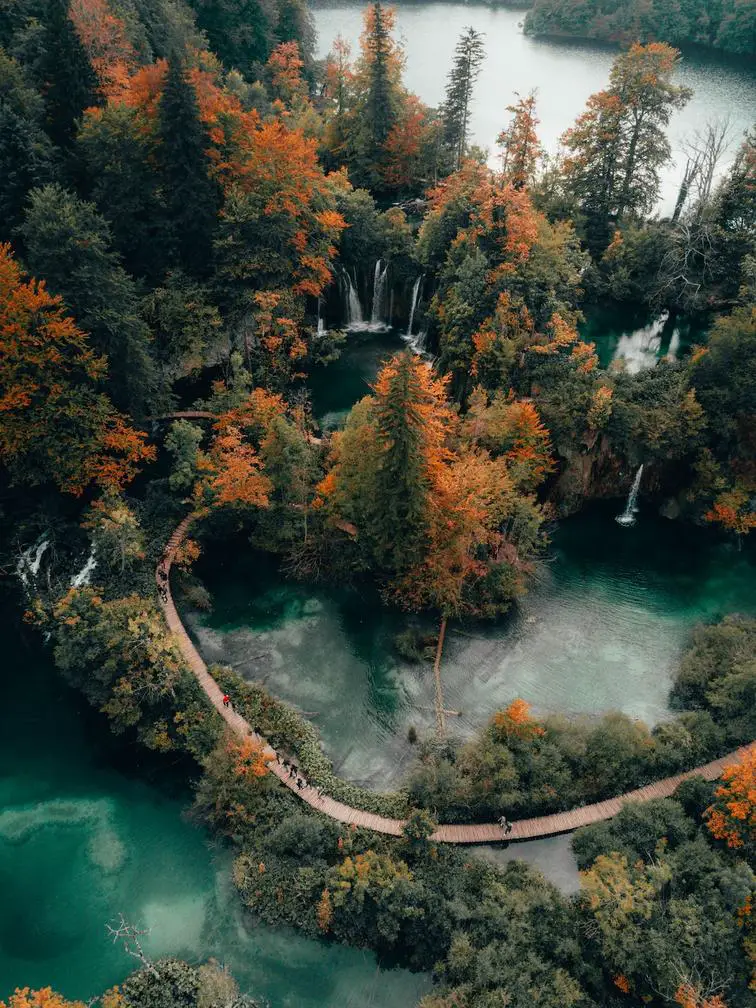
Fukuroda Hill Nature Park is a beautiful nature reserve located in Mori, Japan.
What to see or do: Visitors can enjoy hiking and trekking along the many trails that wind through the lush forested hills of the park, taking in breathtaking panoramic views along the way.
The park is home to a wide variety of flora and fauna, including rare species like the Japanese giant salamander.
Don’t miss: Be sure to check out the iconic Fukuroda Waterfall, which is one of Japan’s most famous waterfalls and a popular tourist attraction.
Its four tiers cascade 120 meters down into a steep valley surrounded by forested mountains.
Insider travel tips: – The park can get busy during peak seasons, so plan your visit accordingly to avoid crowds.
12. Tsukuba Botanical Garden
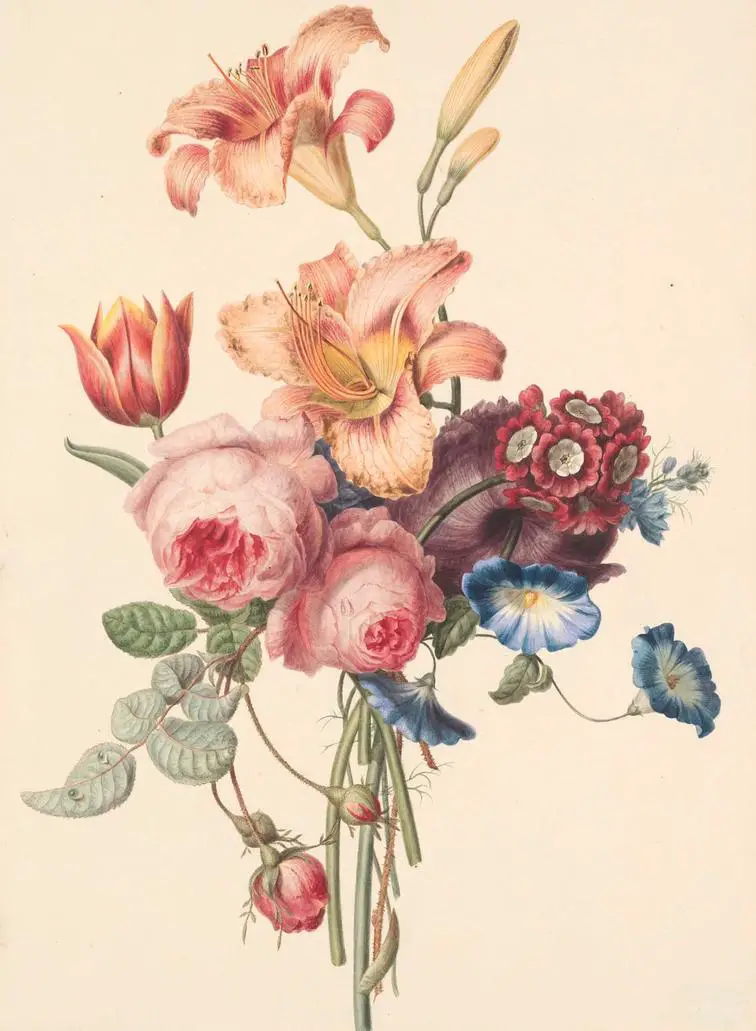
Tsukuba Botanical Garden is a large botanical garden located in Mori, Japan.
What to see or do: The garden boasts a vast collection of plants from around the world, including a wide variety of Japanese flora.
Visitors can take a leisurely stroll through the garden’s walking trails, admire the seasonal blooms, and learn about the fascinating history of plant life.
Don’t miss: The garden’s greenhouse complex, which showcases tropical and subtropical plants from Asia, Africa, and South America. Also, don’t miss the stunning waterfall and koi pond.
Insider travel tips: The garden can get crowded during peak seasons, so it’s best to visit early in the morning or on weekdays to avoid the crowds.
Wear comfortable shoes, as there’s a lot of walking involved, and bring sunscreen and insect repellent during the warmer months.
13. Tsukuba Expo Center
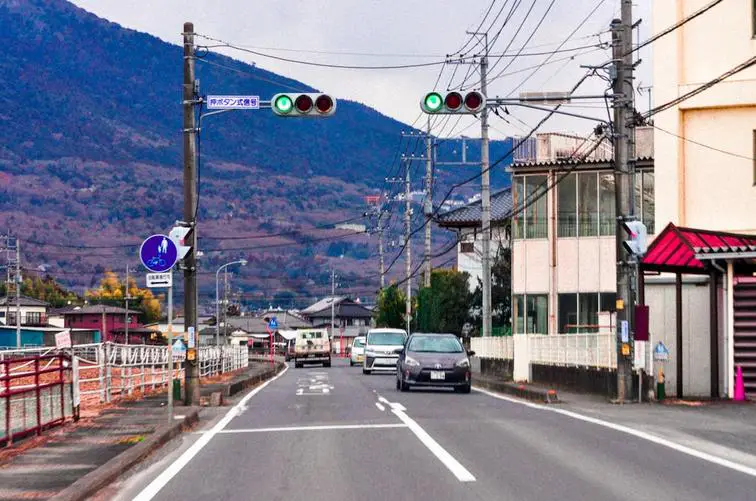
Tsukuba Expo Center is a science museum located in the city of Tsukuba, Japan.
What to see or do: The museum has several interactive exhibits showcasing various fields of science, including robotics, space, energy, life, and the environment. Visitors can experience hands-on activities, 3D shows, and science experiments.
Don’t miss: The robotics exhibit featuring ASIMO, a humanoid robot created by Honda, is a must-see. The space exhibit showcasing actual rock and soil samples from the moon is also fascinating.
Insider travel tips: Visitors can bring their own food and drinks as there is a designated eating area inside the museum. The admission fee is reasonable, and there are discounts available for students and groups.
It’s recommended to allocate at least half a day to fully explore the museum.
14. Ryujin Big Suspension Bridge
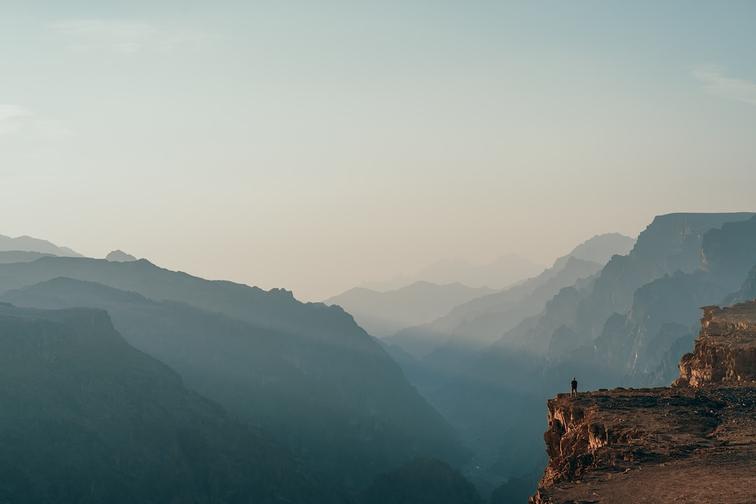
The Ryujin Big Suspension Bridge is a massive pedestrian suspension bridge located near Mori in Japan. It spans across the beautiful Ryujin Gorge, providing visitors with stunning views of the surrounding landscape.
What to see or do: Visitors can take a leisurely stroll across the bridge while taking in views of the Ryujin Gorge, which features crystal clear waters and gorgeous natural scenery.
The bridge is a must-visit location for anyone interested in beautiful Japanese architecture and engineering.
Don’t miss: The best time to visit the Ryujin Big Suspension Bridge is during the autumn months when the surrounding foliage turns into a kaleidoscope of colors.
The bridge is particularly stunning during the early morning and late afternoon hours when the sunlight casts an amber glow over the gorge.
Insider travel tips: – Be sure to wear comfortable shoes as there is a bit of walking involved to get to and from the bridge.
💪 Support independent web, support us: